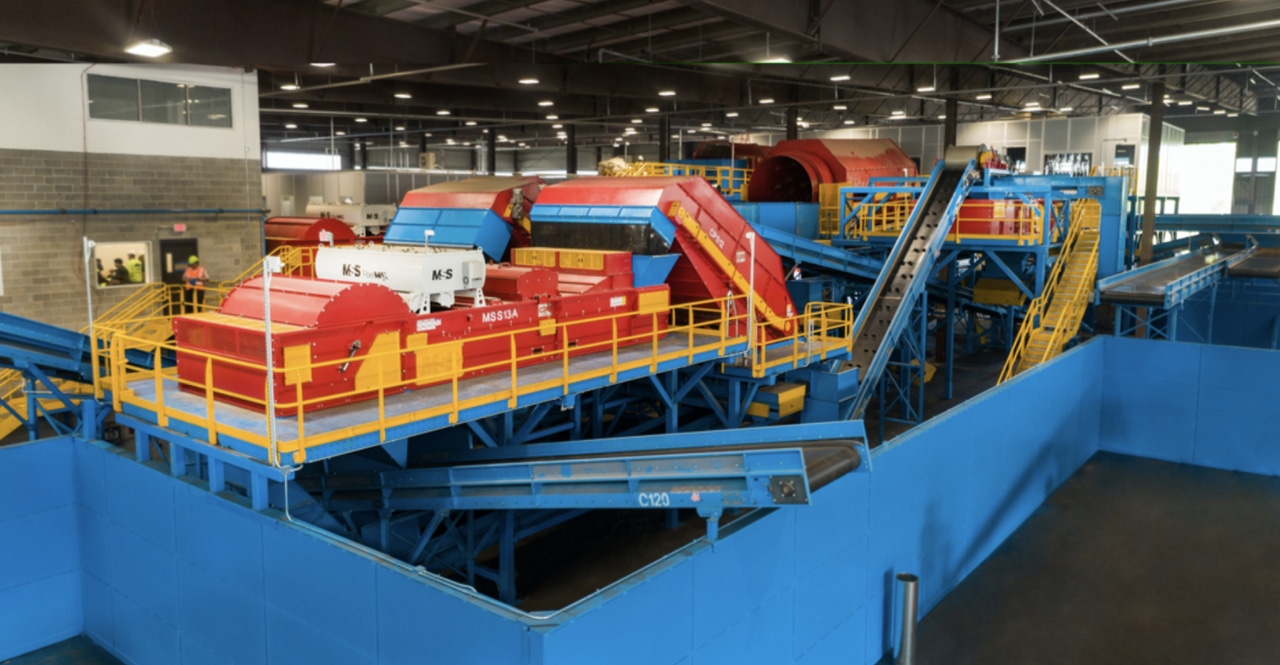MRF Insights: Operational Success
Quality machinery and operations is in our DNA.
June 1, 2021

At CP Group, we attribute our high quality machinery and material recovery facility solutions to firsthand experience in recycling operations. Our roots stem from running scrap yards in the 50’s to operating our own MRF in San Diego for more than 25 years. Our leadership team comes from operating some of the largest MRFs in the United States with fortune 500 companies. We walk in our customers shoes daily, so we understand what it takes to run a successful MRF.
Our operator DNA drives our passion to design, install and service material recovery facilities. But even before we go into our tribal knowledge designing sort systems, we need to start with the machines. The best layouts are two-fold. You could have the right process flow down, but without high quality, low maintenance machinery, you’ll be spending too much time on maintenance and downtime and not enough time on processing material.
This is why continuous improvement all the way down to the nuts and bolts level of the machine makes all the difference. We focus on building durable, robust, and low-maintenance equipment. Our goal is for our customers to get their return on investment as quickly as possible. This includes increasing recovery, pushing throughput, and creating high purity commodity. It also includes utilizing low-maintenance machinery to support uptime. This is why we are always raising the bar with innovation and using high-quality components throughout.
A joke around our office is that we make our discs too well. Why? Because they last so long we are missing revenue that our competitors are happily enjoying. But why do we do that? There are two reasons. One, because we operate a MRF. We get it. Getting into machines to replace parts is resource-draining. Two, because we have our customers backs. We focus on making components last as long as possible. We also know rubber discs are being phased out, which is why we focus on using steel as much as possible in our mechanical separation process. We have used steel in our Glass Breaker Screens and OCCScreens for decades. Additionally, we utilize steel in our latest machine development, the CP Auger Screen.
Our newest machine disrupts the process flow, and in the best way. CP Group is the first company to use rotating cantilevered augers as a mechanical means to split the inbound material stream at a MRF. With the CP Auger Screen, we fractionate the flow at the infeed, and prior to any humans, essentially eliminating the presort. By splitting the stream before the traditional presort the smaller material, such as fines and sharps, bypass human sorters and decrease the burden depth on the large fraction. This helps manual sorters work more efficiently and keeps them safer while decreasing the amount of sorters needed to pull off large rigids, metals, and trash. Did we mention the Auger Screen doesn’t wrap? It is a self-cleaning machine. We have only received positive feedback from our customers who have this newest machine in their MRFs.
Each piece of equipment has a story behind it, and one that we are proud of. We pair our high-quality machinery with the correct process flow for a particular material characterization. That takes experience. Because we have operator-DNA, going back to our roots, we understand the needs of our customers. We know how to create high quality machinery, and also how to deploy it.
At CP Group, we continue to advance MRF design supported by superior machinery to ensure the highest possible recovery rates at the lowest possible cost. We are more than just machine manufactures, we engineer solutions based on firsthand experience as recyclers.
Learn more about engineered solutions.
You May Also Like


.png?width=300&auto=webp&quality=80&disable=upscale)